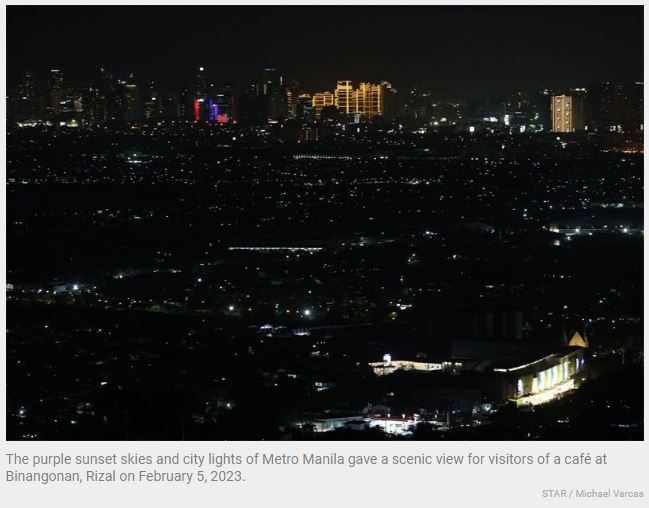DBS lowers Philippines 2023 growth forecast to 5.8%
MANILA, Philippines — Singapore’s DBS Bank lowered the projected gross domestic product (GDP) growth of the Philippines this year to 5.8 percent from the previous target of 6.3 percent on the back of still elevated inflation, tighter monetary conditions, and higher statistical base.
In a research note, DBS economist Chua Han Teng said the economic resilience of the Philippines is likely to be tested this year after recording a GDP growth of 7.6 percent last year, slightly above the 6.5 to 7.5 percent target penned by economic managers.
“The Philippines is challenged by domestic difficulties from inflation and rising interest rates. We are lowering Philippine 2023 growth forecast to 5.8 percent from 6.3 percent,” Teng said.
The figure is lower than the six to seven percent GDP growth target set by the Cabinet-level Development Budget Coordination Committee (DBCC).
The country’s GDP expansion accelerated last year after exiting the pandemic-induced recession with a GDP growth of 5.7 percent in 2021. The Philippines slipped into recession with a 9.6-percent contraction in 2020 as the economy stalled due to strict COVID-19 quarantine and lockdown protocols.
“After registering the fastest annual growth since 1976 at 7.6 percent for full-year 2022, we expect Philippines’ economic expansion to normalize and moderate in 2023. Last year’s economic activity was bolstered by the full reopening from the pandemic and lifting of restrictions, despite inflation surging to multi-year highs over the course of 2022,” Teng added.
He said the Singaporean bank expects some fading of post-pandemic economic momentum on the back of a challenging domestic backdrop.
According to DBS, the Philippines is less exposed to the tougher global environment from the trade angle due to its relatively lower openness.
It added that the benefit from China’s earlier-than-expected reopening is likely to be marginal relative to the Philippines’ peers in the Association of Southeast Asian Nations (ASEAN) such as Thailand.
Teng explained that post pandemic reopening gains that boosted private consumption are likely to fade with marginal support from the return of Chinese tourists due to the international border reopening.
Data showed tourism receipts accounted for just three percent of the Philippines’ pre-pandemic GDP in 2019, with Chinese tourists constituting 21 percent of total foreign visitor arrivals.
“We estimate that a full return of Chinese tourists to 1.7 million could cumulatively add 0.5 percent to Philippines’ nominal GDP,” Teng said.
Furthermore, he said that household spending on the food category would be affected by soaring inflation.
After accelerating to 5.8 percent last year from 3.9 percent in 2021, inflation further quickened to a fresh 14-year high of 8.7 percent in January from 8.1 percent in December.
Despite the aggressive rate hikes to match the increases delivered by the US Federal Reserve, the BSP further raised its inflation forecasts to 6.1 percent from 4.5 percent for 2023, exceeding the government’s two to four percent target.
“Elevated inflation is likely to continue biting into real purchasing power of consumers,” Teng said.
The BSP has raised key policy rates by 400 basis points to hit a 16-year high of six percent from an all-time low of two percent to tame inflation and stabilize the peso.
Source: https://www.philstar.com/business/2023/02/27/2247836/dbs-lowers-philippines-2023-growth-forecast-58


 English
English




